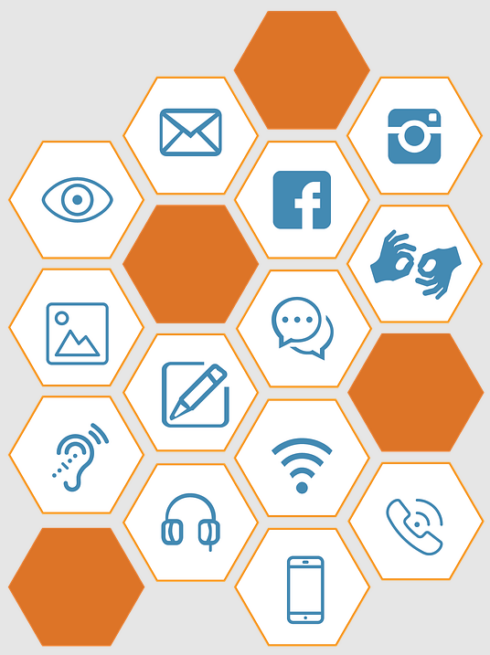
Even before the pandemic, so much of our daily lives had become digital. Instead of meeting up in person, we’ve moved to FaceTime and Webex. Rather than go to a movie, we streamed the latest films at home. We moved our banking and food shopping online.
Today’s digital work surely rivals the physical world – but not if you’re living with a disability.
According to WebAIM (Web Accessibility In Mind), more than 97 percent of the one million pages it evaluated in 2021 had WCAG 2 (Web Content Accessibility Guidelines) failures. However, it’s not as if designers and engineers don’t care about accessibility – they do. In an Applause study in 2021, nearly 70 percent of respondents agreed that their companies were prioritizing digital accessibility.
So what’s happening? In order for digital experiences to be accessible to everyone, inclusive design must start with the software development cycle. It’s not something that can be added or designed for after the fact. Modern software development — like so much else in our post-pandemic worlds — must begin with empathy.
Designing with empathy
In principle, every software development project should start with considering the broadest range of people. Ensuring accessible digital experiences requires an ongoing commitment to designing inclusive experiences, writing code with accessibility in mind, and testing digital properties for key accessibilities. Companies should start with that commitment.
In that same study mentioned earlier, more than two-thirds of respondents said their company hasn’t tested for accessibility within the last three months, and nearly half said their company hasn’t tested within the last six months.
Accessibility testing is not a one-and-done situation, and requires an ongoing commitment to ensure key digital pathways are providing truly accessible experiences. Too often, designers are isolated and work in a vacuum.
In that environment, how can they possibly design a high-quality product for a living person about whom they may know next to nothing?
Inclusive user testing is a key component within inclusive design principles. At the beginning of a project, developers must reject any preconceived notions of who their users are. They need to sit down with the audience they are designing for and learn firsthand about them. Based on user groups, one-on-one conversation and other forms of direct contact, designers can move away from what is “typical” and toward what is personal. From that, they will be able to better ascertain needs, gaps, and solutions.
Beginning the design process by engaging directly with persons with disabilities is a driver for greater innovation. This type of real-world feedback offers insight early in the process – enabling development of better digital experiences from the start. It also ensures the user experience is intuitive, enjoyable and inclusive for everyone, including people living with disabilities.
Once designers and developers truly grasp the needs of those with disabilities and gain an understanding of what may not work in more traditional design principles, they can better develop products that meet the needs of this audience.
Building inclusive design principles into a process
For designers to succeed with inclusive design, here are some important components they should focus on:
- Regular vertical training. Bring in specific persons with disabilities to train your designers and engineers. This is key to creating the empathy I’ve discussed. It’s critical to have this in-person or live-online exchange, and base training on the team’s own products.
- Weekly office hours for designers. It’s key that designers can consult with an inclusivity design and accessibility front-end development expert team as they work throughout the week. I have seen this in action over the years and it makes a tremendous difference in efficiency and helps designers avoid unneeded dead ends.
- UX research workshops. These are great for subject matter expert tips and iterative exercises around understanding PwD profiles.
- Self-service intranet knowledge base. Creating a store of training documents, FAQs and other useful materials builds a knowledge base and becomes the single source of truth for inclusive design. This can help simplify, in time, the complex nature of inclusive design and accessibility.
The importance of usability and accessibility should not be understated. All websites and apps should provide inclusive experiences for everyone. That begins with shifting accessibility testing left in the development process and gathering real feedback from real people with disabilities.






